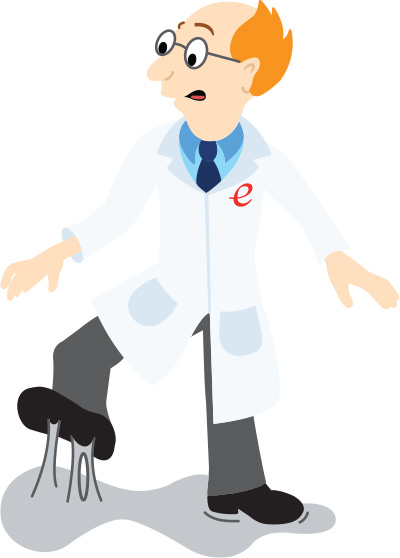Oops...
Looks like you're stuck in a sticky situation.
This page has reached its shelf life.
It has either been removed, renamed, or does not exist.
Error Code: 404
While we patch things up the Glue Doctor® recommends:
Oops...
Looks like you're stuck in a sticky situation.
This page has reached its shelf life.
It has either been removed, renamed, or does not exist.
Error Code: 404
While we patch things up the Glue Doctor® recommends: